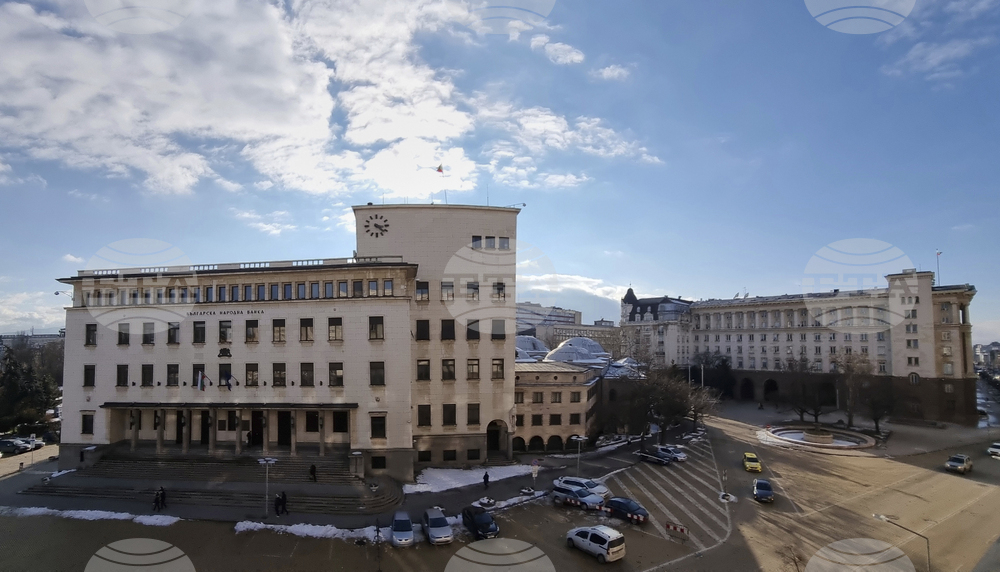site.btaCentral Bank Sets Countercyclical Capital Buffer Rate at 2% in Q4 of 2025


The Bulgarian National Bank (BNB) Governing Council set at 2.0% the countercyclical capital buffer rate applicable to credit risk exposures in Bulgaria in the last quarter of 2025, the BNB reported on Tuesday.
Pursuant to Article 5 of the BNB Ordinance No. 8, setting of the countercyclical buffer rate shall take into account the reference indicator, calculated in accordance with paragraph 1, the European Systemic Risk Board guidelines as well as other variables that BNB considers relevant for measuring the cyclical systemic risk. Regarding the data related to the reference indicator for the countercyclical buffer, the credit-to-GDP ratio calculated according to the methodology published on the BNB website stood at 77.1% at the end of this year's second quarter. Its deviation from the long-term trend is negative (-26.8 pp), which corresponds to zero value of the reference indicator.
As the standardized measure for the deviation of the credit-to-GDP ratio from its long-term trend does not adequately reflect the intensity of cyclical risks, assessments of the countercyclical buffer rate take into account additional indicators which are focused on developments in the credit market, indebtedness, real estate market as well as the general economic outlook.
Lending activity in the household sector has remained elevated, in particular in the segment of loans for house purchase. As indicated in the press release regarding the decision of the BNB Governing Council for introduction of requirements to lending standards for loans secured by residential real estate in effect from October 1, 2024, some indicators are signalling potential accumulation of medium-term risks for the banking system (accelerating credit growth, price developments in the house market, increasing average size of loans, areas of vulnerabilities related to the loans in intervals with relatively higher ratio between the loan amount and the value of the immovable property, and with relatively higher debt service-to-income and indebtedness of borrowers). The activation of requirements to lending standards and the preceding development of methodology for quantitative assessment of risks and a mechanism for continuous monitoring and reporting, are aimed at strengthening the resilience of the banking system. The requirements to lending standards are not restrictive to the provision of credit but follow the BNB highly conservative supervisory approach and the overall practice for the introduction of such macroprudential measures by EU countries.
As a part of the set of instruments within the BNB mandate, capital buffers are essential for maintaining the banking sector resilience to potential adverse developments in asset quality. In 2021, the BNB Governing Council raised the countercyclical capital buffer rate applicable to domestic credit risk exposures to 1.0% in effect from October 1, 2022 and to 1.5% from January 1, 2023, with the countercyclical buffer rate further increasing in September 2022 to 2.0% in effect from October 1, 2023. In view of the persistently high credit growth rates and the uncertainty in the economic outlook, the countercyclical capital buffer rate at 2.0% for the last quarter of 2025 is aimed at strengthening the resilience of the banking system to pressure on profitability and capital position caused by potential rise in non-performing loans and impairments.
/MY/
news.modal.header
news.modal.text